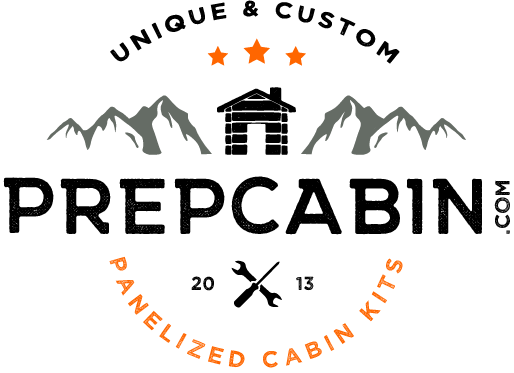 Every prepper or survivalist should be familiar with the importance of string and rope to your survivability.
Every prepper or survivalist should be familiar with the importance of string and rope to your survivability.
It’s uses are almost infinite, and it can save your ass in a heartbeat!
I learned how to utilize rope when I was in boy scouts as a teenager. My dad had taught me some basic knot tying before that but I never realized how useful of a skill it was until I was a little older.
It’s amazing what you can build and repair with just rope and some sticks. I’ve built bridges, tent frames, lean-too, flag poles, stretchers, tripods, tables and many other useful things with my knot tying skills.
Not only can you use those skills to build, but you can use those skills to save lives as well. If you need to recover an injured person and transport them, then lashing together a stretcher or a-frame drag is an important skill.
Your rope can also come in real handy if you need to climb a steep ravine or rock face. And good rope usage can help lift and move heavy objects when using a block and tackle.
One of the most important knots to know for a survivalist and a prepper in my opinion is the bowline knot. This know leaves a strong loop on the end of the rope that won’t slip and won’t diminish the strength of the rope. This knot is amazing in rescue situations when you need a loop around a person that won’t tighten on itself. This “king of knots” is simple to tie, and to untie. Making it an all around useful knot.
My other two most useful knots are the slipknot, and the clove hitch. The clove hitch is great to secure the beginnings of any lashing, and to also secure a rope to a tree trunk or limb. It’s strong, easy to tie and untie as well.
The slipknot is a great way to get a very secure tie onto an object that you don’t have to worry about coming loose. it’s my go-to knot in everyday use. I even use it when securing cargo or tying down to a stake.
I could go on about knots, but knot tying and rope work is a skilled learned with practice. Get a good reference, some different type of rope and get to practice!
Now that we talked about the importance of knots, we need to talk about the different type of ropes and string that you’ll come across. I’ll list out the types and benefits of each one as I can think of them.
- Hemp and other Natural Fibers– Ropes made from hemp and other natural fibers can be very strong when new and or well cared for. These ropes work great when you need a very strong bind on a knot that will resist coming loose. The natural fibers will help grip against each other and resist slipping. The downfall is that natural fibers will decay over time. The more elements this rope is exposed to the quicker it will decay and become weak and fail. This type of rope is also more prone to breakage due to friction wear. With a little practice and basic homemade tools you can make your own rope and string from natural fibers like certain tree bark, grasses and even hair.
- Poly Blend Rope– Ropes made from poly and plastics are great because they are durable, extremely strong and will stand up longer when exposed to elements. Some poly rope is made with a high level of elasticity meaning it can stretch. This forgiving property can be very helpful to soak up shock when it’s transferred from either end. This rope also resists friction better but it’s not cut proof. One of my favorite features of poly rope is that I can melt the ends to keep it from unraveling.Most ropes that require extreme strength and reliability are made of poly materials.
- Paracord– This versatile thin rope is almost a string but it’s extremely strong and doesn’t stretch much. To me it’s the ultimate all around useful rope for almost any purpose. This cord is used to secure parachutes to a person or cargo so it’s made to be one of the strongest ropes for it’s size. It can be bought in bulk, and it’s easy to make survival jewelry out of it so that you’ll always have some on hand in a pinch. To me, it’s the ultimate survivalist and prepper rope.
This is the way I order my paracord. In bulk with free shipping from Amazon. You can also get it at most outdoor stores and cheaper than dirt as well.
This survival bracelet on Amazon.com has tons of features and can show you what all you can do with paracord for a useful survival tool. It may be a bit pricey, but it takes time to make one that looks good.
This is a great reference and how-to book for the do-it-yourselfer.
